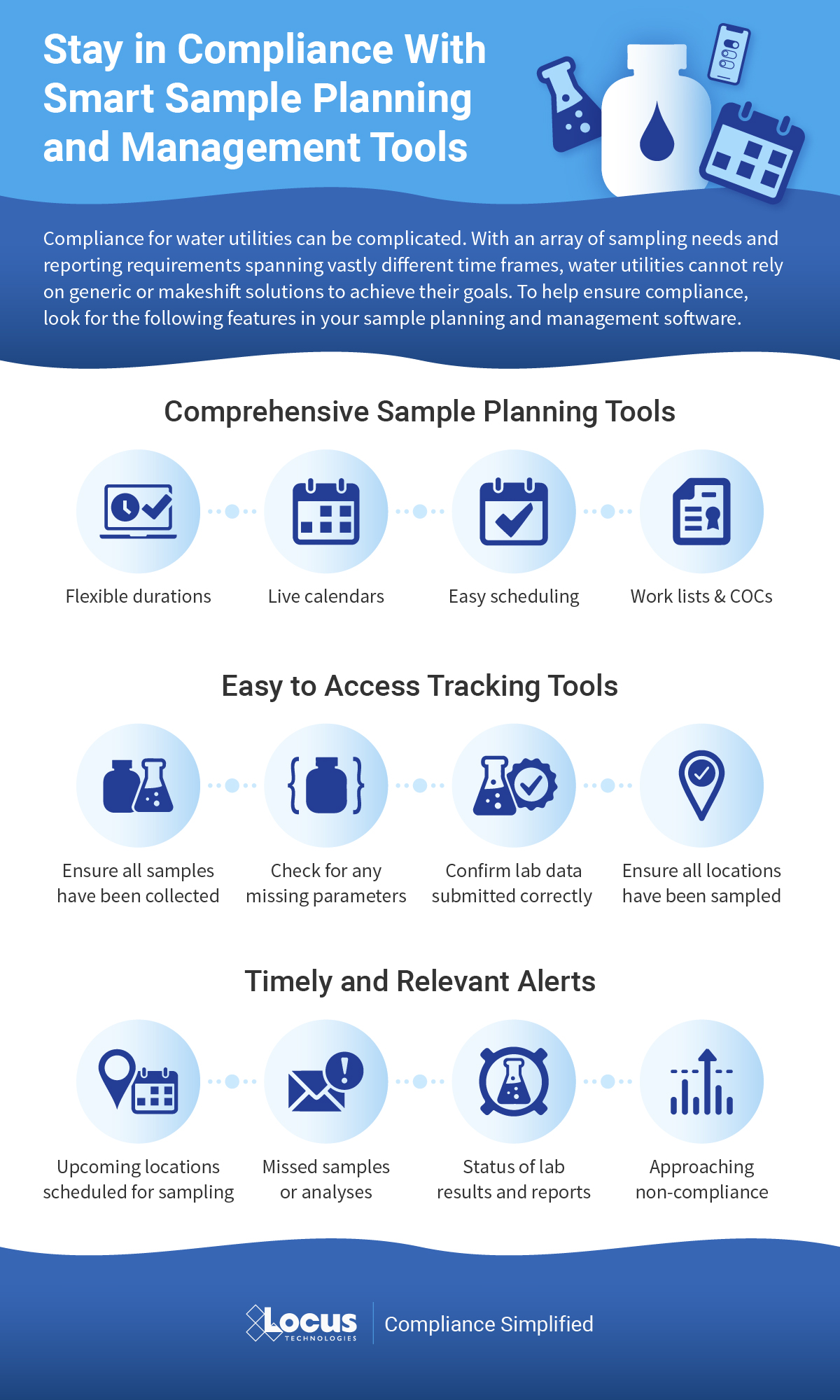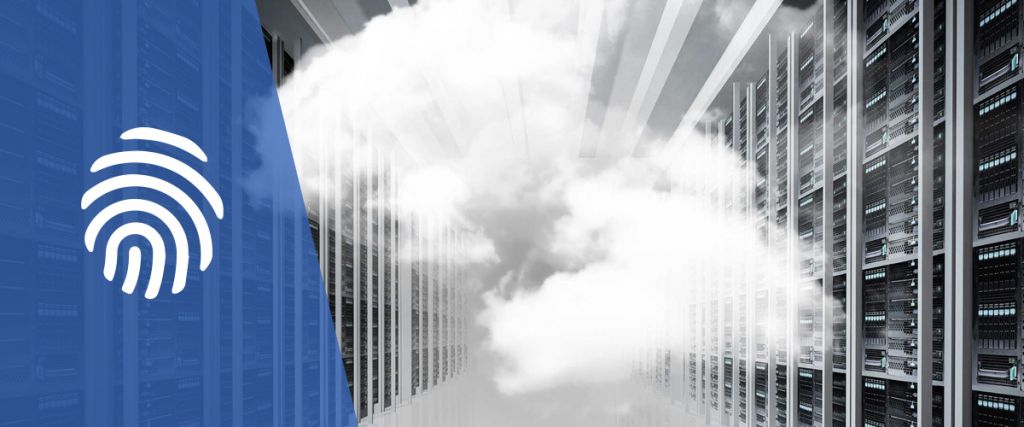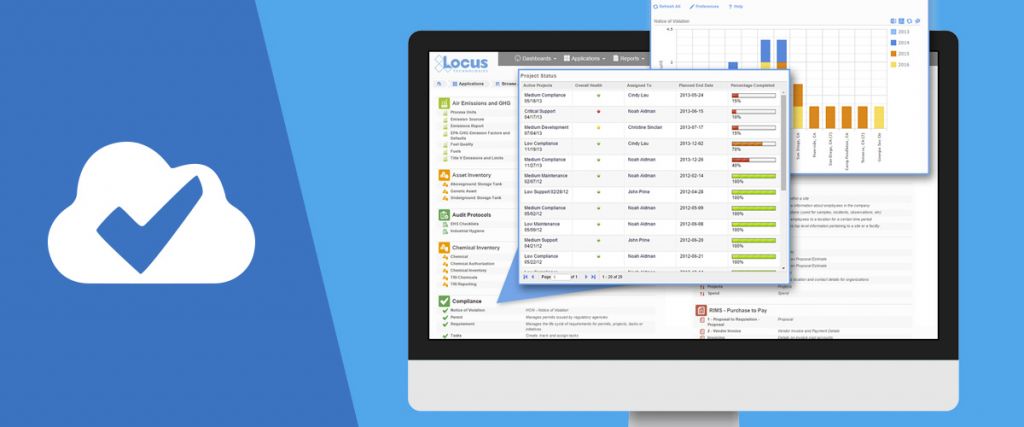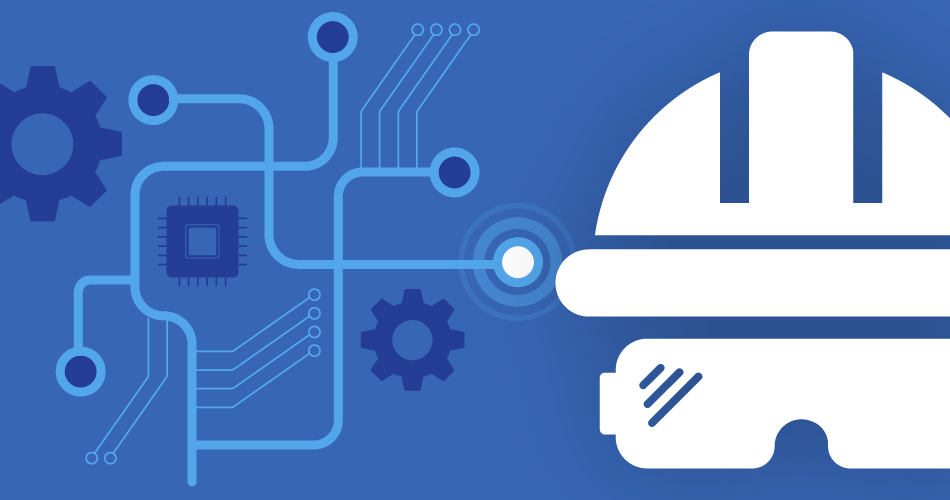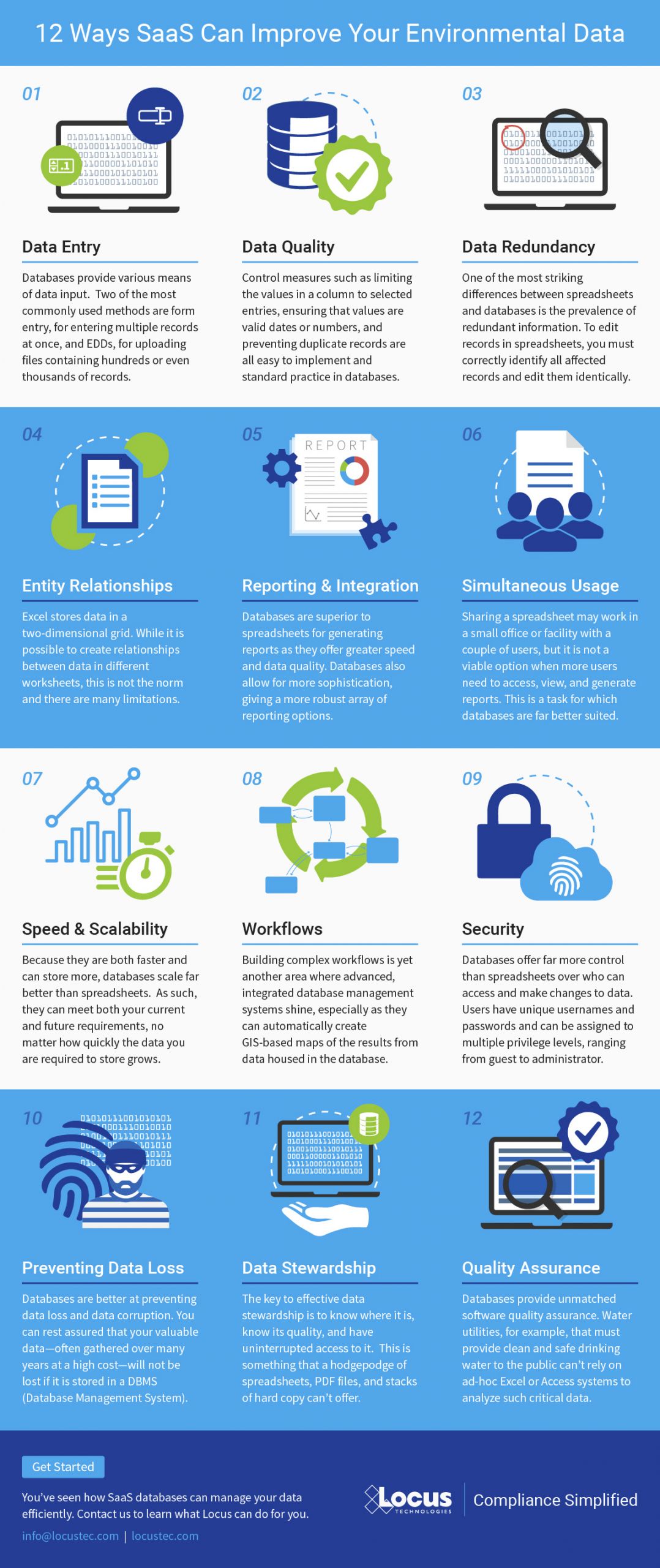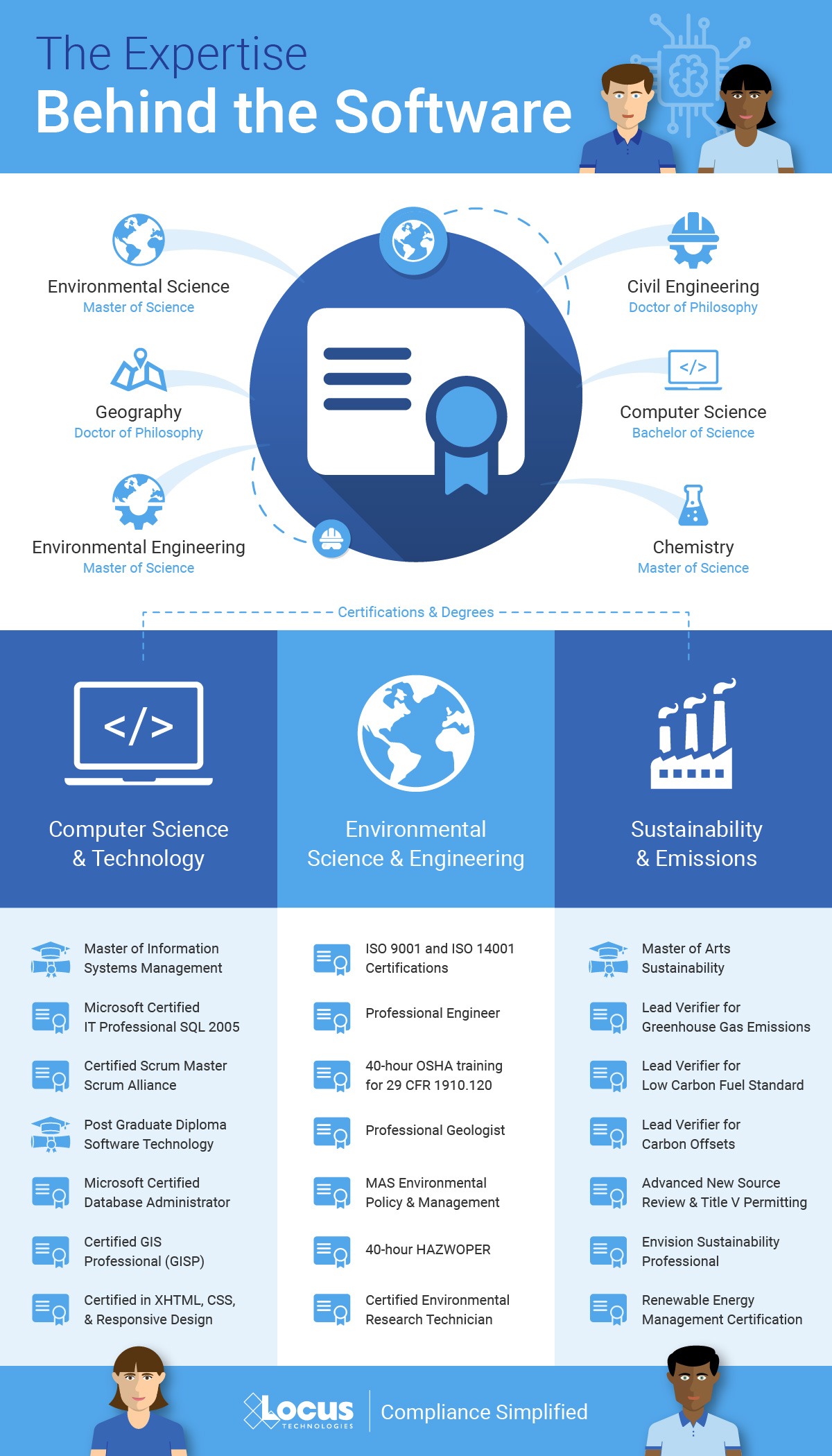Time management is an ever-present struggle. With expanding air quality monitoring and regulatory programs, more is expected from air quality professionals without compromising work quality. Locus Technologies offers the tools to ease your workload. Here’s how Locus transforms your air quality data and reporting management:
Integration
Integration can save you a great deal of time and stress with the most cumbersome air quality data management duties. Our air quality software has a unique point and click integration application enabling connection with major databases and third-party systems that have open API (access privileges). Some integration, database, and communication standards and methods that are supported include OLE compliance, SOAP, COM, Java, XML, web services, DBC/ODMA/SQL/Oracle, AWS, VIM, and MAPI.
Locus also provides a powerful two-way synchronization with MS Excel, allowing users to download to Excel, then work, edit, verify, or append data on their local copy of Excel. Any revisions they perform to the downloaded data can be automatically synchronized back to the Locus Platform application. During the process, a complete audit trail will be preserved. This is a great time saver, especially if you are sending large volumes of valid values in a database or if you are migrating any historical data.
Dashboards Tailored to Your Needs
Your air quality data management software should have built-in dashboards to meet your needs. With other software providers, when you need a new report, chart, or other visualization of your air quality data, it usually incurs a custom software development charge. Locus allows you to assemble the information you want in your chosen format (bar or line charts, maps, tables, treemaps, diagrams, etc.) and share your custom dashboards and real-time information/data with your team or regulators without the fees. In addition, the views and dashboards export to Excel, so you can easily integrate with commonly used tools and further mine the data.
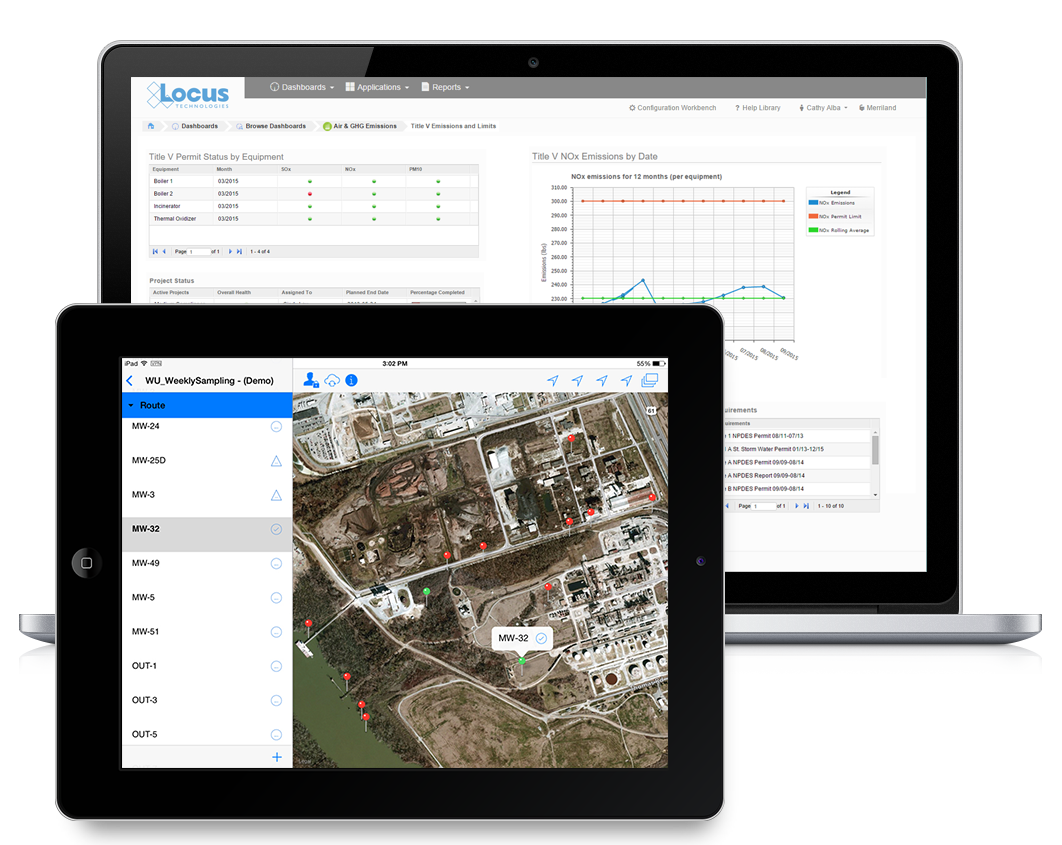
With Locus, powerful dashboards will help you understand the status of single of multiple facilities in an air quality program based on a matrix you design. With the the flexibility of Locus, facility information can be automatically populated based on the user credentials, saving you and your team time and frustration.
Simplified Reporting
Locus Platform’s air quality application and calculation engine supports simultaneous calculations using multiple methods for various reporting programs including EPA, State, or Local, CDP, TCR, DJSI, Title V, e, and others. Our software also assists in streamlining your emissions tracking and reporting requirements for programs such as GHG, Fenceline, Title V, and LCFS. Locus air quality software is fully integrated with our compliance/asset management and remote sensing systems, making digital transformation more efficient. In addition, Locus’ vapor intrusion and indoor air management application will easily organize, manage, and report indoor air and vapor intrusion data.
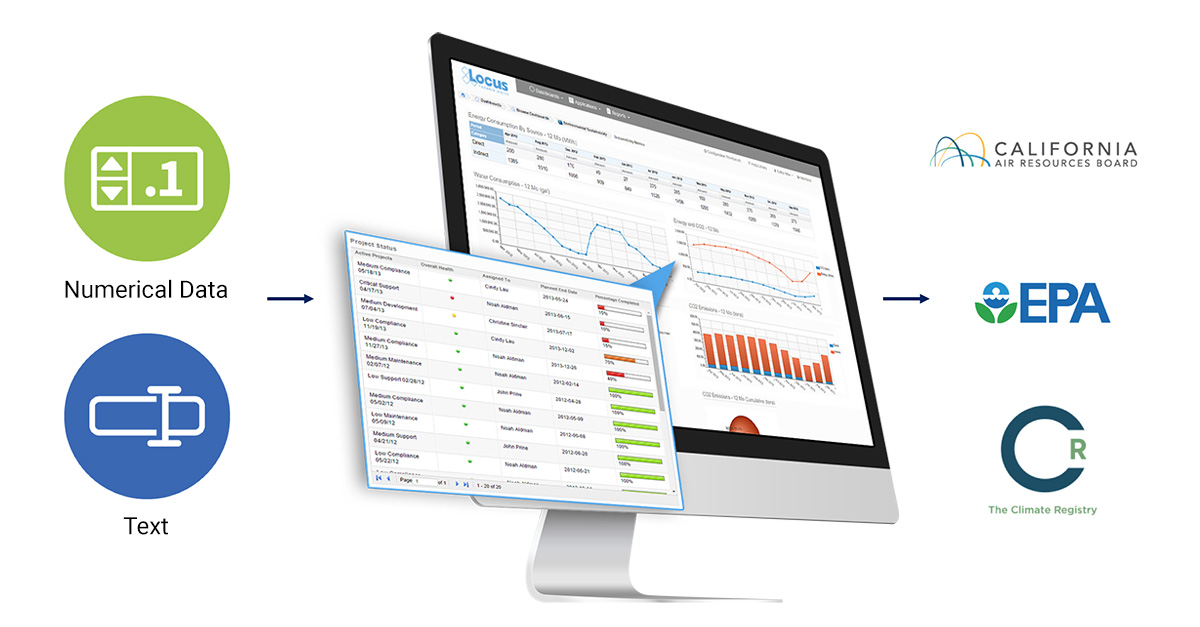
This allows users to input data only once and utilize it to report to multiple federal, state, and voluntary reporting programs, according to your required format. The application will also support direct electronic reporting formats for many reporting programs, so that additional manual transcription and submittal of data are no longer necessary. This is a very powerful tool and a huge advantage to customers in terms of improving efficiency, while reducing costs.
Mobile
Locus’ Mobile application allows you to sync with your server to create in-field data collection profiles on a mobile device, whether it’s your phone or a tablet. It will allow you to click through and enter field inspection data on the device even when you are offline. Air quality field operations data validation is performed in real-time and is stored locally on the device when you are out of service range, with data will automatically being updated in Locus’ cloud when you have connection.
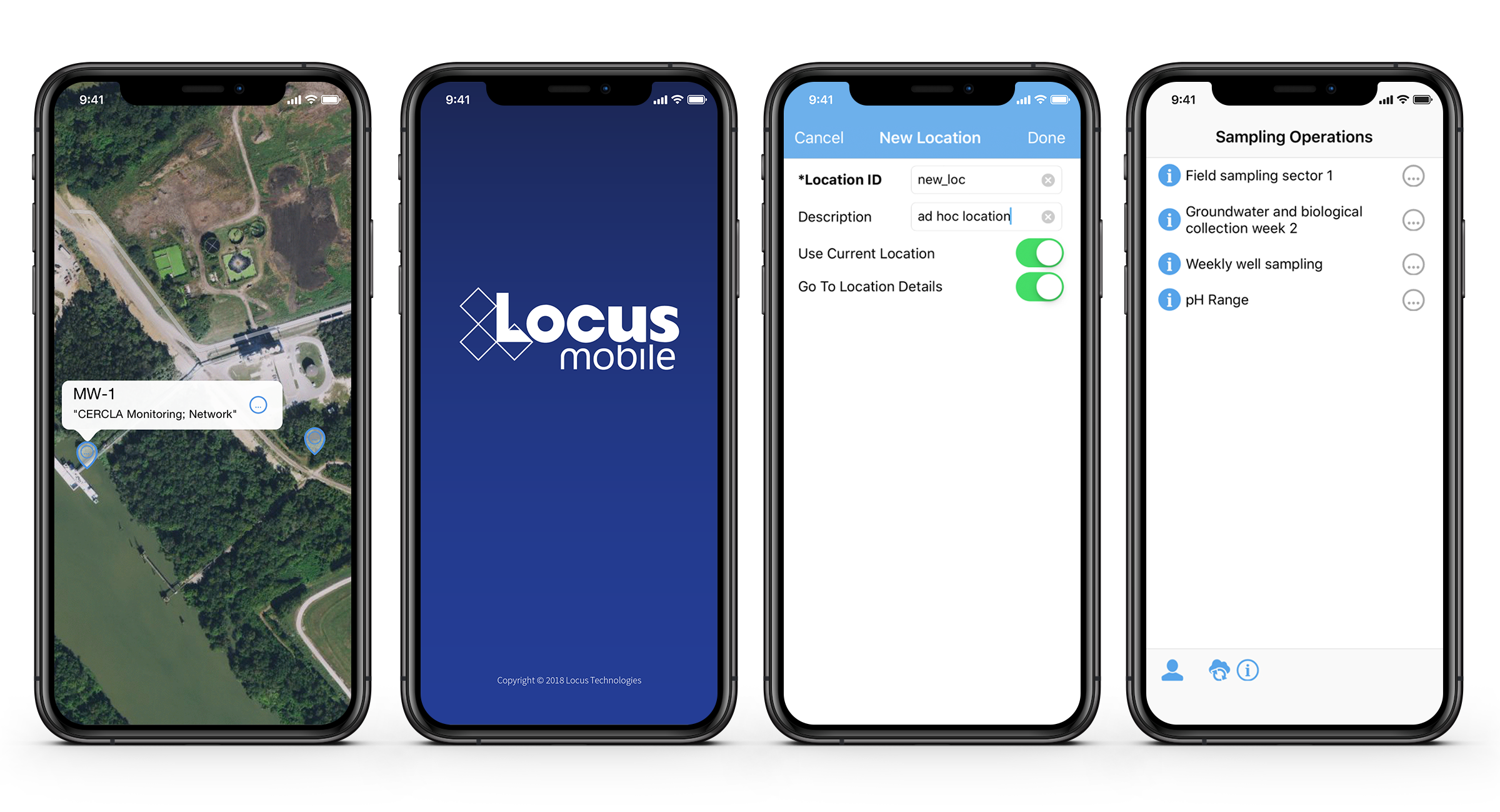
Locus gives the benefits of data entry directly on the mobile device, with immediate data availability on the cloud when you reach an internet signal. Other advantages of using Locus Mobile includes location metadata and mapping integration, bar-code/OR code scanning, voice recognition, and form customization.
Easy to Use Calculation Library
To alleviate the effort in researching complex air emissions calculations ranging from GHG to Tank emissions, Locus has designed a Java Library, Curta, for complicated scientific computing on our software. Curta contains a collection of built-in functionality, unit conversions, periodic and hierarchical calculations that can be used to solve mathematical models of problems in Science and Engineering.
Curta can be used directly as API (Application Program Interface) in the UI (User Interface) design, or implicitly combined with the Locus Platform Sustainability application with clear break down into calculation indicators and sources. It offers an integrated solution to work with different data types, continuously changing inputs and large set of unknown variables.
Curta features include:
- Calculation engine suite Independent code base for Curta only, safe and stable for any applications and platform.
- Sequential calculation steps Curta can construct multi-step calculation structure where formulas can build on each other without knowing the exact values at the initiation of the calculation.
- Conditional calculation logics Calculation steps can be set with conditions and logic for example effective date, input units, tank type etc.
- Hierarchical calculation results Calculations can be designated to sources with hierarchy with Curta able to acknowledge the parent-child relations of the sources and present it as a calculation tree.
- Execute parallel calculations for periodic data Curta can repeatedly conduct complicated calculation structure on a periodic base.
- Execute parallel calculations for multiple sources Curta can repeatedly conduct complicated calculation structure for multiple linked sources for example facilities, tanks etc.








